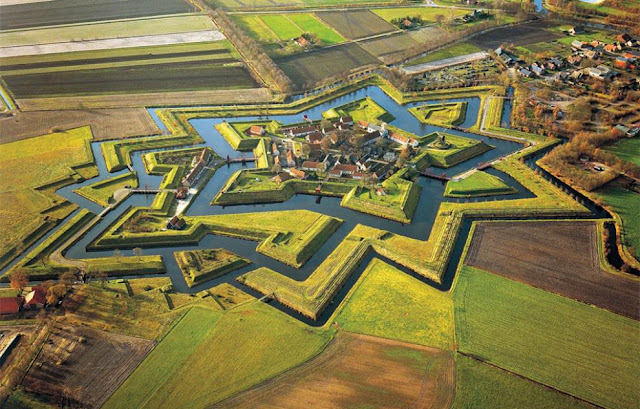Why Aerial Photography is a Branch to Generates a Lot of Attention
Aerial photography is very rich in information. It allows, among other things, to spot streams, ponds, paths and clearings that are not represented on a map. It can also recognize pyre and burns, and determine changes and types of vegetation. However, the undeniable advantage of aerial photography remains the possibility of obtaining a three-dimensional view of the territory, through stereoscopy, and thus give an insight into the relief.
Orthophotography is midway between the aerial photograph and the topographic map. It offers the detail and richness of an aerial photograph, combined with the geometric precision of a map. Since it is georeferenced, it is possible to superimpose geographic information such as:
Hypsometry (representation of relief);
Toponymy (names of places: lakes, rivers, road network);
Territorial boundaries (administrative boundaries, boundaries of recreational and protected territories).
By their nature, best Aerial Photography present an overview of the territory at a precise moment in time. That's why they're used to get information about the past or even plan projects.
Back in the past
Aerial photography can be used as an archive. Indeed, it allows to go back in time by performing the photo-interpretation of a shot taken a few years ago. Here are examples of the use of old aerial photographs for various fields of activity:
Justice
Where land in a property is subject to litigation, older aerial photographs are often used to obtain information on the condition or delimitation of the property prior to the changes that caused the dispute. In such a case, these photographs become a very reliable support element in establishing evidence.
Civil Development
Old aerial photographs are often used to redevelop the place as it was in the past. The photographs will then be used to prepare the basic elements of the urban planning master plans.
Witness to evolution...
Best Aerial Photography in Singapore, when taken in urban areas, shows the stages of urbanization or its spread by the juxtaposition of images captured at different times.
Here are some examples of use for various fields of activity:
Territory Development
Aerial photography allows us to study the evolution of urbanization over time
Forestry:
It is used to obtain information on the physiognomy and groupings of forest species (types of stand). It also allows the assessment of forestry potential, as it is possible to inventory forest resources and obtain an approximation of the volume of timber. Thus, the evolution of tree species or cutting areas can be monitored more easily in order to ensure good management.
A vision of the future...
Aerial photographs can be used to conduct site research analyzes or to plan large-scale projects.
Examples of use for project planning include:
Civil engineering
Aerial photographs can be used to search for sites (factories, dams, ports, etc.) or to make preliminary plans for networks (roads, railways, canals, power transmission lines, pipelines, etc.). They can also be used as orthophotographs to take measurements, add layers of information, plan and even make project mockups.
Agriculture
Aerial photographs are used to predict crop yields, estimate crop damage caused by insects, diseases or floods, assess the water balance of soils, discover areas affected by salinization, and so on. They provide good forecasts of agricultural potential.

0 Response to "Why Aerial Photography is a Branch to Generates a Lot of Attention"
Post a Comment